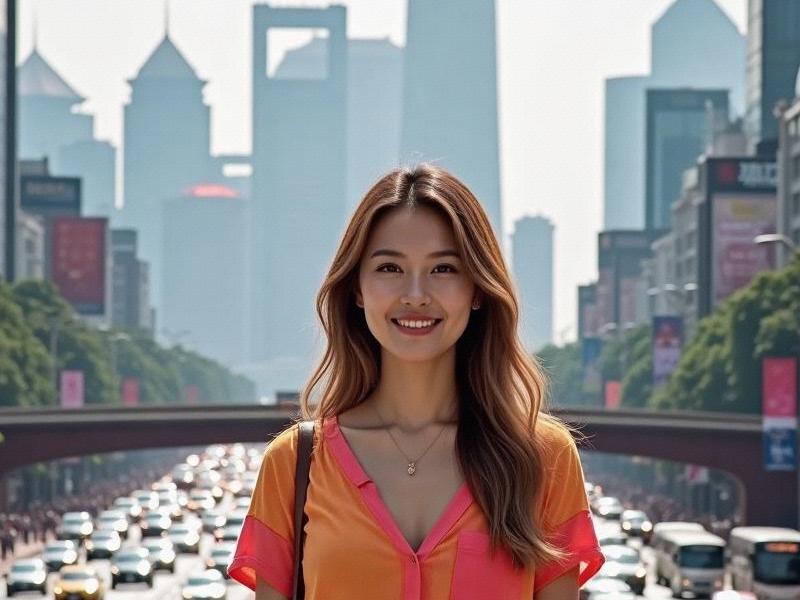This 2,800-word investigative report examines Shanghai's remarkable cultural transformation, where cutting-edge digital innovation meets profound historical preservation in China's most cosmopolitan metropolis.

Section 1: The Dual Renaissance
Walking through the restored Shikumen alleys of Xintiandi, visitors now experience augmented reality projections that bring 1930s Shanghai to life while smart glass displays showcase contemporary digital art. This seamless blending represents what cultural economists call "time-compression urbanism" - Shanghai's unique ability to simultaneously advance and preserve.
Key Cultural Indicators:
- 142 heritage sites with integrated digital interpretation
- 68% increase in creative industry GDP since 2020
- 39 new cultural venues opening annually
- 24/7 digital archive access for 92% of historical collections
Section 2: The Creative Economy Boom
阿拉爱上海
2025 Cultural Sector Highlights:
- West Bund Museum District attracts 8.2 million visitors yearly
- Digital art market valued at ¥14.7 billion
- "Made in Shanghai" design exports up 217% since 2018
- 42% of young professionals employed in creative fields
Section 3: Heritage in the Digital Age
Preservation Innovations:
上海龙凤419贵族 - Blockchain-authenticated replica artifacts
- AI-assisted restoration of 1930s cinema archives
- Holographic tours of historic concessions
- VR reconstructions of lost architectural gems
Section 4: The New Cultural Consumers
Demographic Shifts:
- 78% of museum visitors under age 40
- 63% increase in cultural tourism from second-tier cities
上海龙凤419手机 - "Micro-heritage" experiences preferred by Gen Z
- 94% engagement with digital cultural content
Section 5: Global Cultural Exchange
International Impact:
- Shanghai Biennale now world's most attended art event
- 38 international cultural partnerships established
- "Digital Silk Road" cultural exports program
- UNESCO designates Shanghai as "City of Creative Governance"
As Mayor Gong Zheng stated at the recent Global Cities Forum: "Shanghai proves that modernization doesn't require cultural amnesia - our future is being built through dialogue with our past." This balanced approach continues to attract global attention from urban planners and cultural policymakers alike.